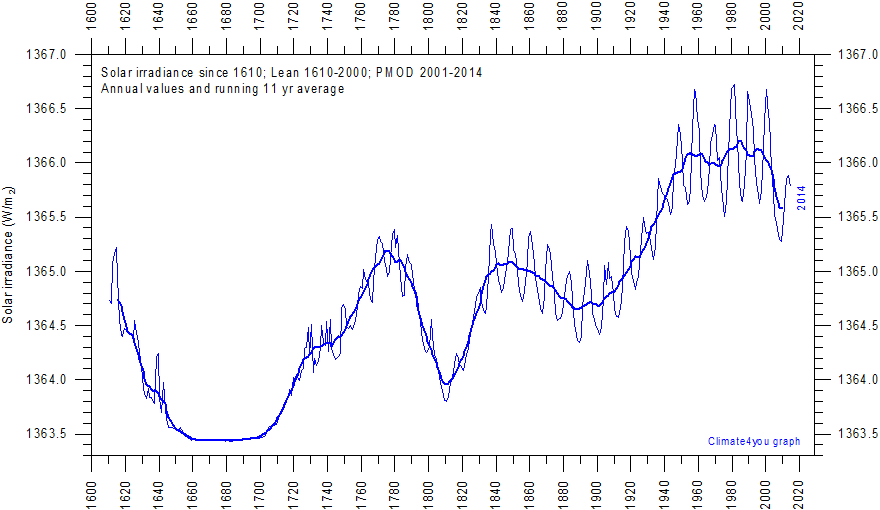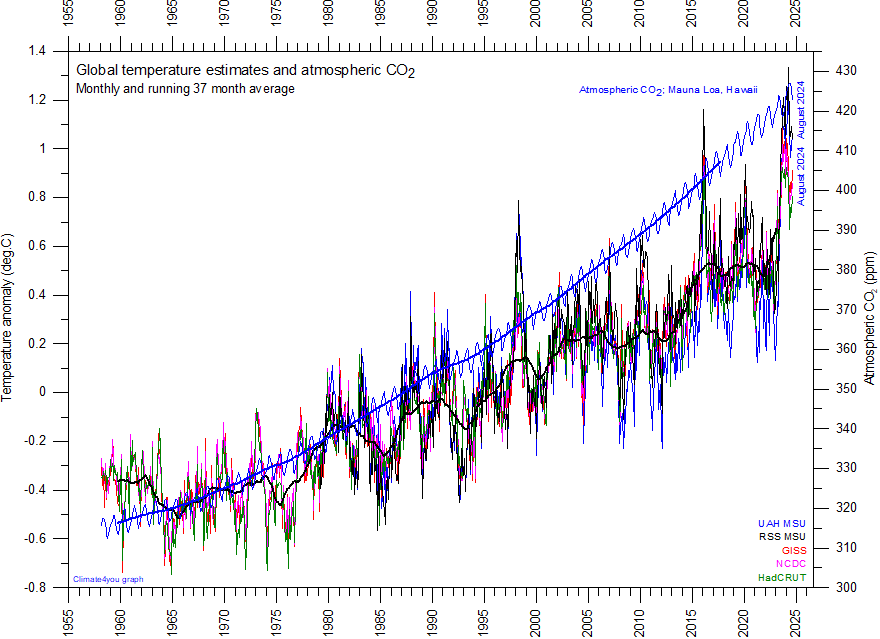Blockbuster: Are hot days in Australia mostly due to low rainfall, and electronic thermometers not CO2?
Blame dry weather and electronic sensors for a lot of Australia’s warming trend…
In this provocative report, retired research scientist Bill Johnston analyzes Australian weather records in a fairly sophisticated and very detailed way, and finds they are “wholly unsuitable” for calculating long term trends. He uses a multi-pronged approach looking at temperatures, historical documents, statistical step changes, and in a novel process studies the way temperature varies with rainfall as well.
His two major findings are that local rainfall (or lack of) has a major impact on temperatures in a town, and that the introduction of the electronic sensors in the mid 1990s caused an abrupt step increase in maximum temperatures across Australia. There will be a lot more to say about these findings in coming months — the questions they raise are
very pointed. Reading, between the lines, if Johnston is right, a lot of the advertised record heat across Australia has more to do with equipment changes, homogenisation, and rainfall patterns than a long term trend.
“Trends are not steps; and temperature changes due to station changes, instruments and processing is not climate change”, he said. “The Bureau are pulling our leg”.
The years when more rain falls are more likely to be years without high maximums. Bill Johnston finds that for every 100mm of rainfall, the maximum temperatures were about a third of a degree cooler.

On the left hand side, the step ups in temperature are shown. Electronic sensors were introduced in the mid 1990s. The right hand graphs show how rainfall keeps maximum temperatures cooler. (Data is grouped “a,b,c” between the steps).
Johnston uses these rainfall correlations as a tool to check the quality of temperature records. When combined with step change analysis, he finds that unrecorded site moves or station changes are common. When the automatic sensors were introduced temperatures suddenly jump up, and their relationship with rainfall breaks down.
“Fleeting parcels of hot air, say from passing traffic or off airport runways, are more likely to be sensed by electronic instruments than by thermometers”, he said.
Automatic weather stations (AWS) were introduced across Australia’s network within a few years. Because so many stations made the switch around the same time, homogenization procedures don’t detect their bias, and assume a natural step up in warming occurred. Worse, the artificial warm bias is transferred to stations that are not automated, reinforcing trends that don’t exist!
“Homogenisation is nonsense, and an open public inquiry into the Bureau’s activities is overdue”, he said.
The Bureau must be audited. Stations should not be homogenized until they are analyzed individually. And the analysis should start with site inspections and a detailed historical account of what is known about each site.
“The Bureau has scant knowledge about many important sites”, Bill said, “and some of what they claim cannot be trusted”. . . .







